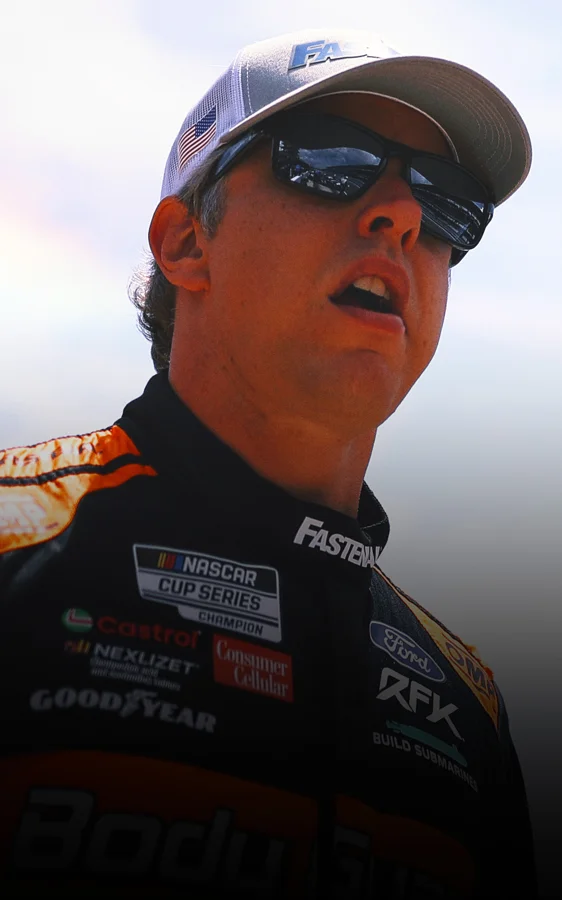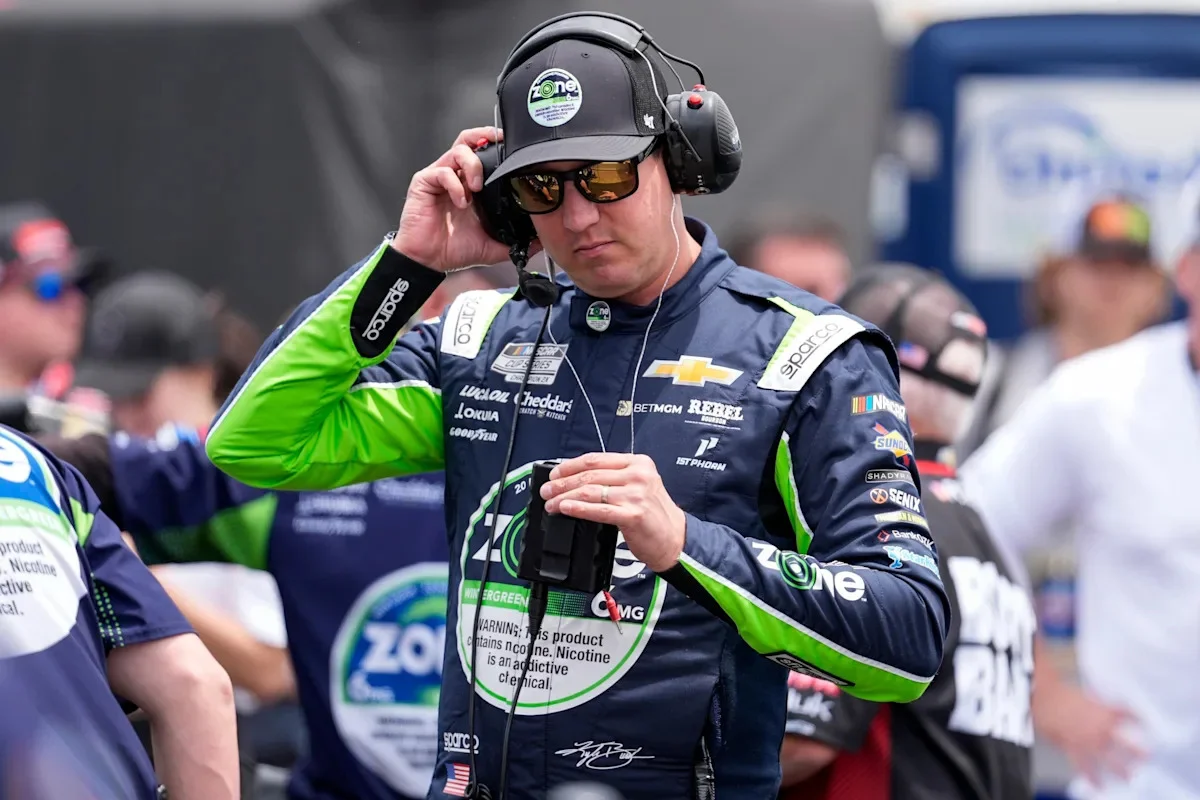Kyle Busch, now in his 21st NASCAR Cup season and a two-time champion, has witnessed the highs and lows of the sport’s reputation, with a noticeable slide in popularity since the late 2000s. Discussing his concerns, Busch highlights a shift in culture and audience habits as key reasons behind the declining interest, emphasizing
“Kyle Busch on NASCAR popularity decline”
as a central issue for the stock car racing series.
NASCAR’s Past Popularity and Modern Challenges
During the 1980s and 1990s, NASCAR’s fanbase grew from communities where car culture dominated, with many “Hot Rod guys” modifying their classic vehicles and investing in the sport’s excitement. Over the years, especially following the economic slump in 2008 and 2009, NASCAR has struggled to reclaim its former public enthusiasm. While the organization has experimented with new initiatives—such as the Chicago Street Race, additional road course events, and fresh venues like Iowa Speedway—it remains unable to recapture its previous energy among audiences.
According to Busch, the sport’s current struggle is rooted in cultural changes. He shared his perspective when asked about NASCAR’s declining popularity compared to twenty years ago:
“I think it’s a culture problem, and I say that in regard to the world culture. In the ’80s and ’90s, you had a bunch of Hot Rod guys who were cool with souping up their 1970s, 1980s street rods. A lot of those guys are aged out.”
—Kyle Busch, Driver
The next generation, Busch notes, is less drawn to traditional American car fandom. Instead, many children and teenagers focus on video games, drift culture, and modified imports, steering away from the Detroit muscle era that brought their fathers and grandfathers to the racetrack. This generational gap has left NASCAR searching for a new fanbase and a clear identity.

Busch illustrates this problem, stating:
“I just think the problem we’re running into is there’s not a lot of race fans anymore,”
—Kyle Busch, Driver
Engagement Obstacles in Today’s Environment
Aside from shifting cultural dynamics, Busch points out that competition for attention has grown. Parents, especially fathers who once might have introduced their children to the sport, now contend with other entertainment options and family activities. Outdoor recreation, digital distractions, and alternative attractions have made family trips to the racetrack less common.
Physical barriers also play a role, according to Busch. With sweltering summer temperatures and exposed seating, the track experience can be uncomfortable for fans. Busch explains:
“No offense, but we just stood outside, right? It’s 90-something degrees outside. Who wants to sit in metal bleachers under the sun for three hours? If you’re out there, God bless you. More power to you. I appreciate that. We need to do more for those people who are here and who give us their time and their money. But you’re not going to find me out there.”
—Kyle Busch, Driver
Youth Movement and International Outreach
The possibility of future NASCAR stars emerging from within the sport’s legacy families provides hope for change. Busch himself is watching as his 10-year-old son, Brexton, pursues racing, while 13-year-old Keelan Harvick, the son of Kevin Harvick—a former NASCAR Cup champion and current analyst—also develops his skills. Whether these young drivers can rejuvenate interest in NASCAR, however, remains uncertain unless the sport undergoes bold transformations beyond its traditional boundaries.
In pursuit of fresh audiences, NASCAR has broadened its horizons by hosting races in diverse locations, including a recent trip to Mexico City and plans for a street race at Naval Base Coronado in San Diego, making history as the first competition of its kind on a military site. The timing coincides with the U.S. military, including the Navy, celebrating a milestone 250th anniversary.
The Impact of Safety and Changing Spectator Mentality
Reflecting on his own experience and changes in the sport, Busch pointed to a sense of anticipation and danger that once gripped NASCAR audiences. He recalled an era when rapidly increasing speeds, heightened risk, and high-profile accidents drew viewers:
“A little bit of it too was, back in that day, guys were getting hurt, the speeds were getting faster, cars were getting a little bit safer, obviously we lost Dale (Earnhardt), but there was this sense of ‘What are these guys going to do next? What’s this next crash going to look like? Are they going to come out of it OK?’”
—Kyle Busch, Driver
The move toward enhanced safety measures, such as the HANS device and impact-absorbing barriers, while protecting drivers, has shifted the image of the sport. Busch shares his thoughts:
“Now it seems like everything is neutered,”
—Kyle Busch, Driver
“I got hurt in 2015, so I can talk, but nobody really gets hurt. The safety aspect isn’t there. So there’s not this Evel Knievel type thing happening anymore. It’s just going to watch a race on Sunday and people feel like that’s boring.”
—Kyle Busch, Driver
This evolution, while positive in regard to driver safety, has arguably dulled the thrilling edge that once attracted certain fans, particularly those drawn to the spectacle of risk and dramatic accidents.
NASCAR’s Road Ahead
As NASCAR continues its efforts to redefine itself, grow its audience, and honor participants old and new, leaders and drivers like Kyle Busch voice both nostalgia and concern for what lies ahead. The ongoing cultural shifts, increased safety, and evolving entertainment landscape mean that the way forward will require innovation and meaningful adaptation if the sport is to secure the loyalty of future generations.
